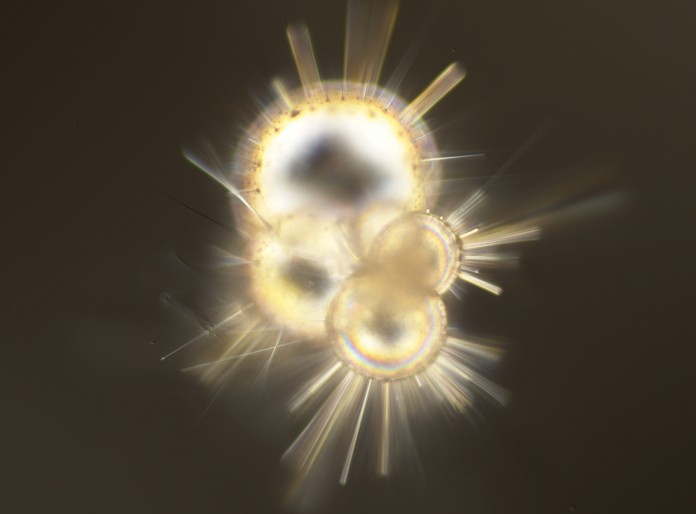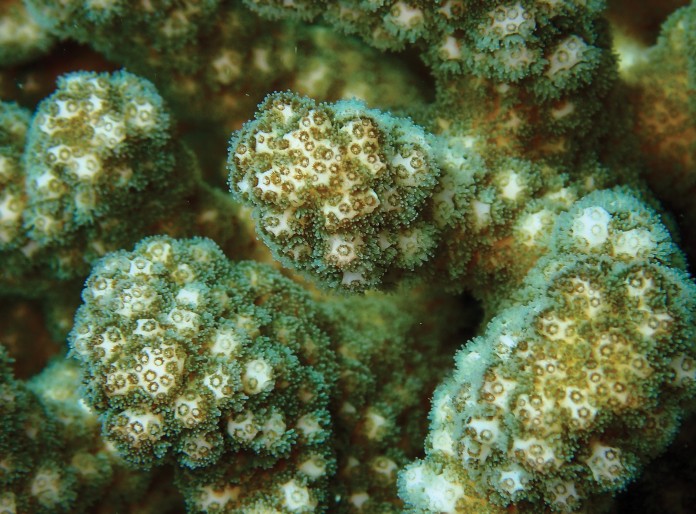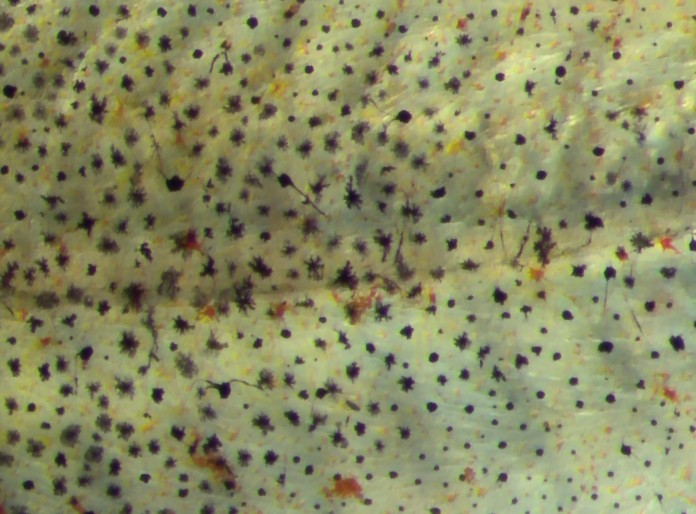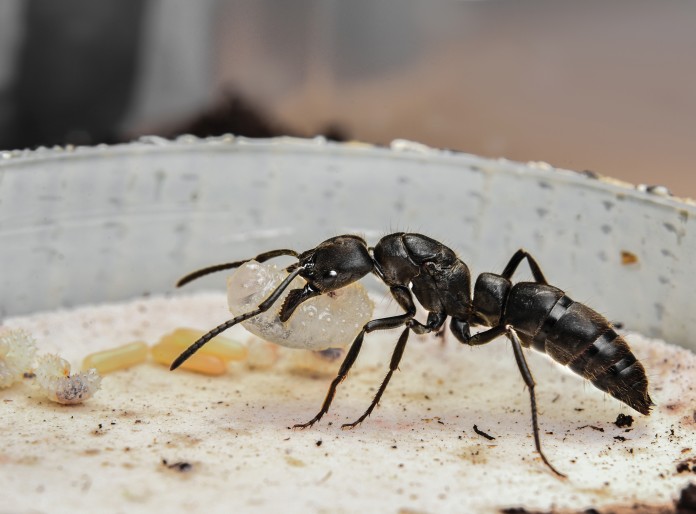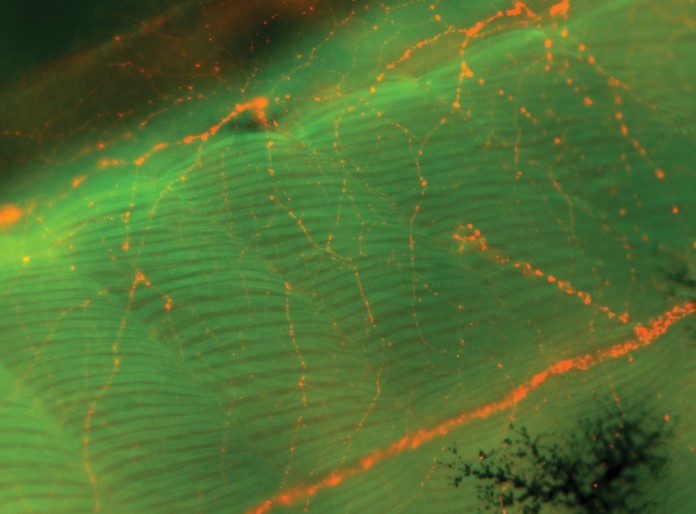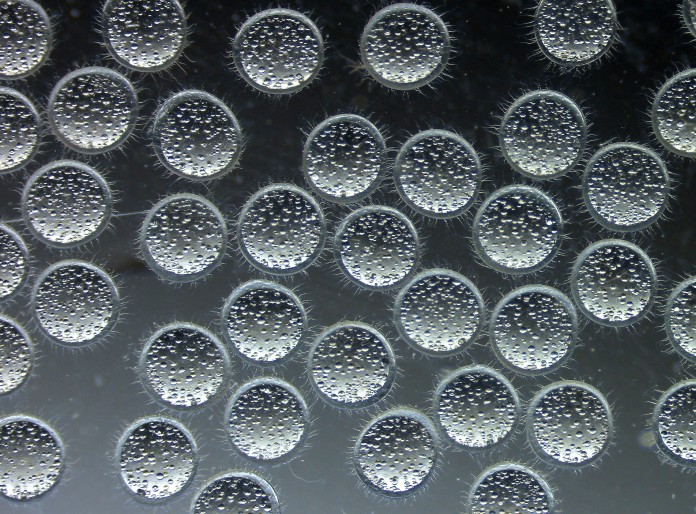Spanning multiple millimeters in size, these gigantic single-cell organisms host different kinds of symbiotic organisms that allow them to harvest energy from sunlight and chemical reactions.
Authors: Vasyl Vaskivskyi, Maya Street, Kim Ward, Javier Tejeda, Nikki Suzuki, Natkamol Jeamsinkul






